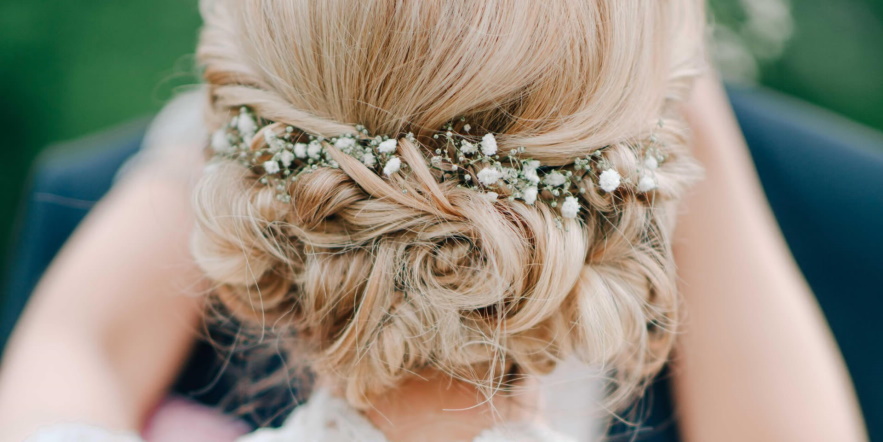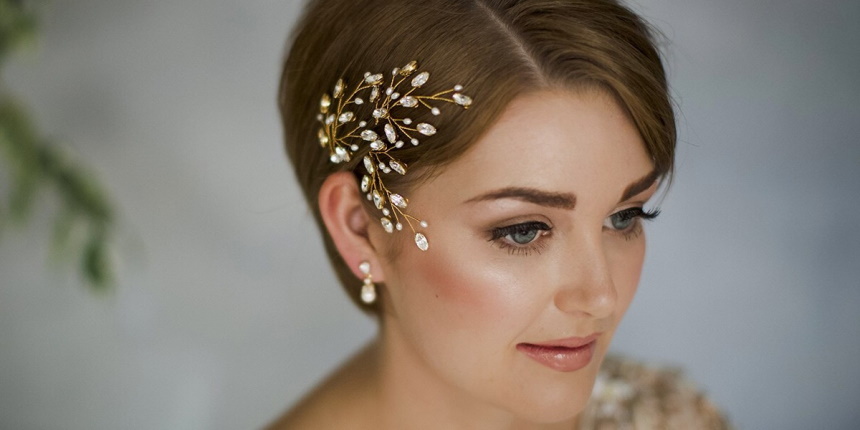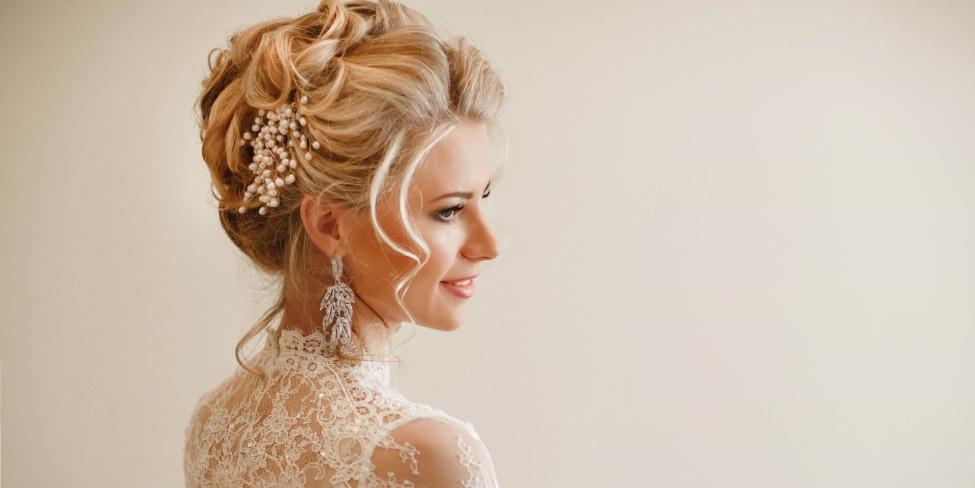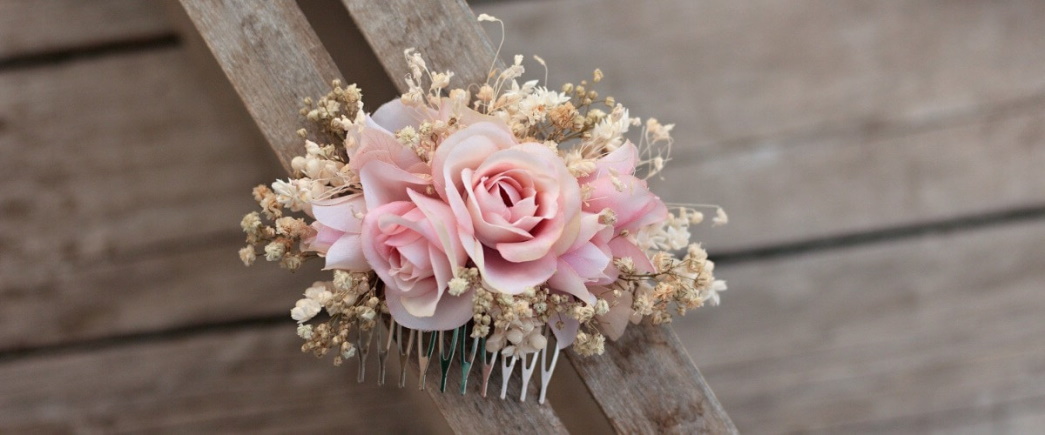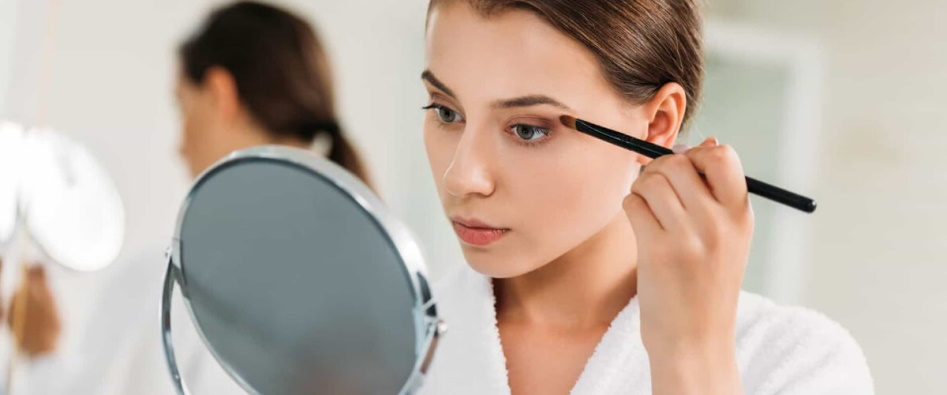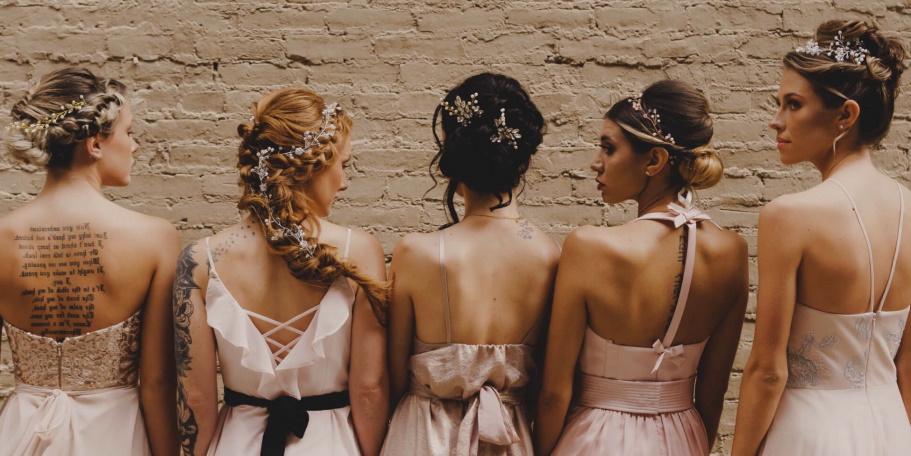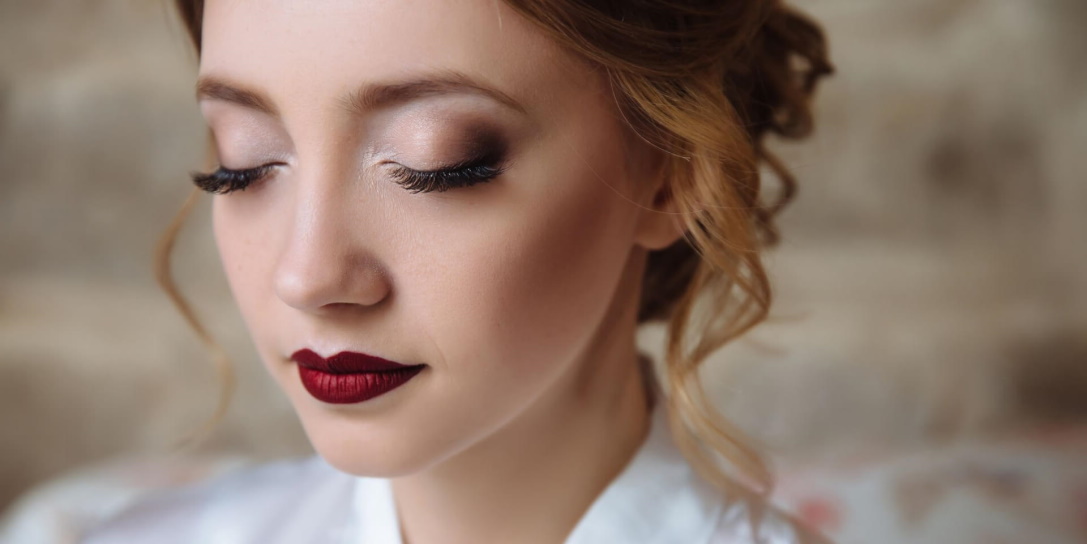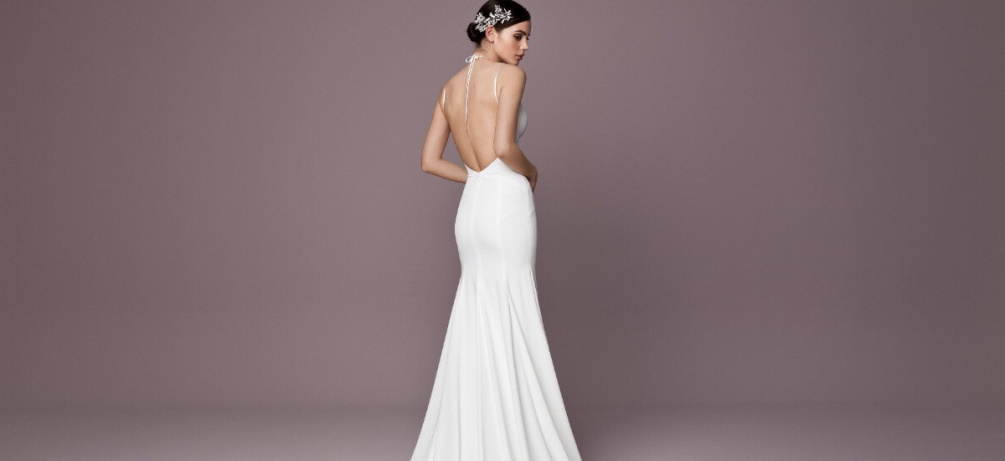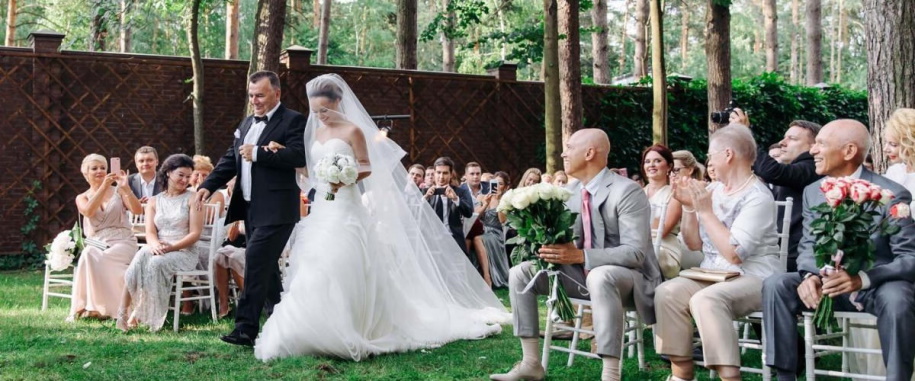What Is It Better To Avoid In Wedding Makeup?
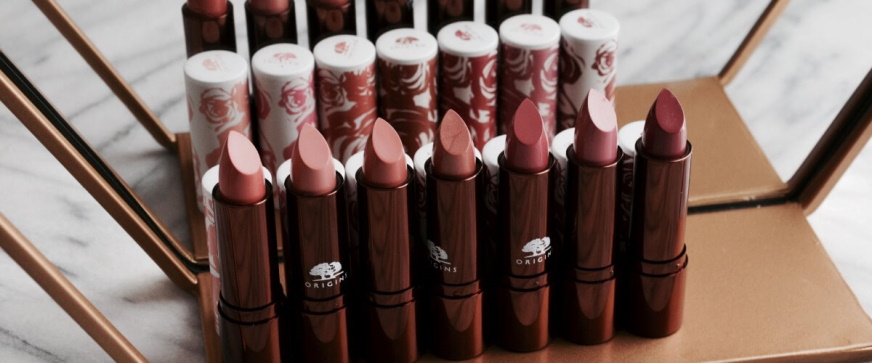
When it comes to wedding makeup, it is important to keep in mind that less is more. Most people want their makeup to look natural and subtle while still highlighting the best features of their faces. Therefore, when applying wedding makeup, avoiding anything too heavy or over-the-top is important.
What are common mistakes in doing wedding makeup?
Not properly skin preparation before applying makeup
Before starting a makeup look, it’s essential to prepare your skin so it can better absorb and hold the product for long-lasting effects. This process should involve cleansing, toning, moisturizing, priming, and exfoliating in order to get the best results. Make sure you choose a good moisturizer and primer to create a smooth, even base for your makeup.
Using too much foundation
It can create an unflattering look, making you appear older. Additionally, it can settle into fine lines and wrinkles or give your skin a grayish cast. The result is that your natural beauty will be masked rather than enhanced.
Furthermore, too much foundation may cause your makeup to fade quickly, as the product breaks down throughout the day due to heat and sweat.
To get the best results from your wedding makeup application, use a moderate amount of foundation applied in thin layers and blended properly. It will create a flawless, natural look that won’t cake or crack throughout the day.
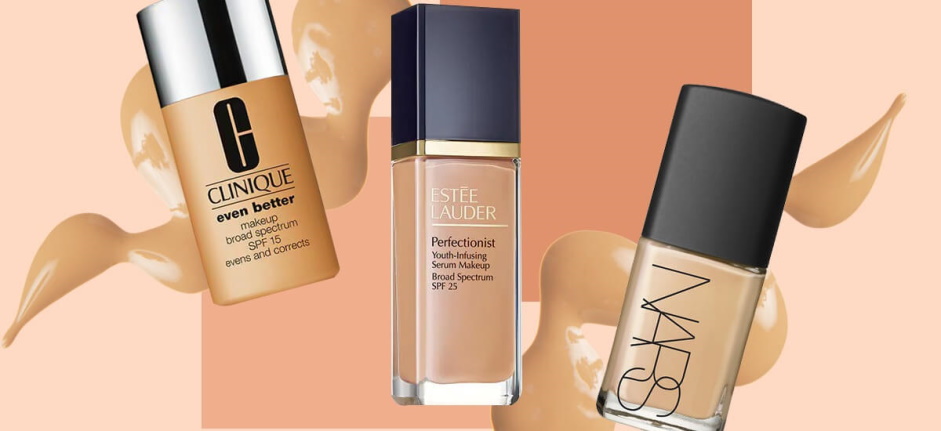
Overly intense contouring
Contouring is a great way to sculpt your face, but it’s best to use a light hand when it comes to wedding makeup. Overly intense contouring can make you look unnatural and overly done up. It also takes away from the natural beauty of the bride’s features.
Furthermore, too much contouring can create harsh lines and angles that are out of place in an elegant bridal look.
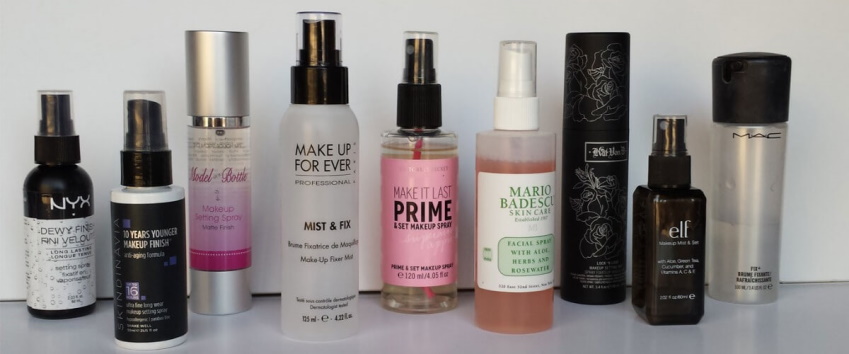
Matching colors poorly
When it comes to wedding makeup, colors can significantly impact the overall look. Poorly matched colors can make you look washed out and not bring out the best features of your face.
When picking colors for your makeup, it’s important to be aware of your natural skin tone, hair color, and eye color. For example, if you have fair skin, light eyes, and dark brown hair, you wouldn’t want to use an overly bright pink blush or lipstick because it will not complement your complexion. Instead, opt for subtle pinks or peaches that will bring out your features without overpowering them.
Additionally, different color combinations can be used to create a specific mood or style. For example, classic bridal makeup usually uses neutral shades like taupes, pinks, and nudes.
Forgetting to set the makeup
It is a huge mistake when it comes to wedding makeup because it can make all your hard work look messy, faded, and smudged after just a few hours.
Setting the makeup helps lock in color, coverage, and texture so that it looks flawless for hours on end, regardless of how much you may be sweating or crying – two common occurrences at weddings.
You can use setting powder or spray. Setting powders, for example, help absorb oil and sweat so your makeup stays in place all day.

